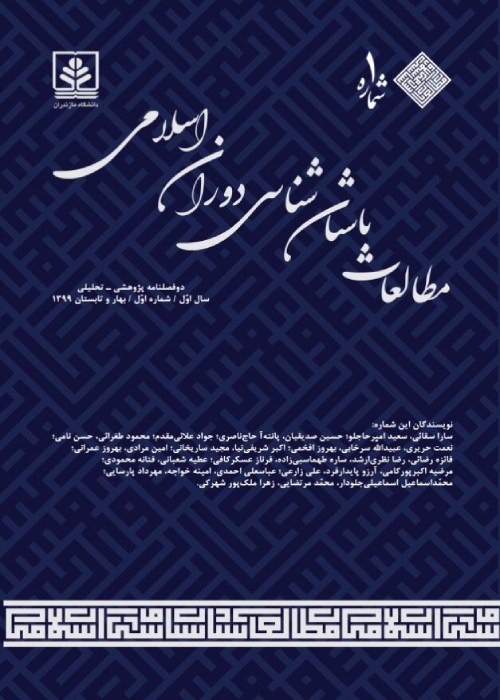Urban Square in Turkmen Period and Sustainable Development in Northwestern Iran
The appearance of Square (Meydan) in Northwest Iran as a traditional element of the city, did not have a certain definition in the urban planning due to its structural disruption in the spatial fabric. On the other hand, since the concept of the square in this area does not match to the similar models existing in the central plateau of Iran, most researchers have assumed that the irregularity of the form in the squares of Northwest Iran is because of gradual growth, lack of spatial desirability and performance without a predesigned plan. Since the sensitivities around the issue of using energy in urban engineering necessitate a return to urban planning based on climatic factors in the modern life, the relationship between urban space and natural environment has to be analyzed before any urban design. In this regard, the design and construction of the "SahebAbad" Square in Tabriz has been studied as one of the first challenges regarding urban design during Aq-Qoyunlu dynasty, which aimed at joining urban environment with climate.
This paper rests on architectural materials to justify the SahebAbad square's layout and its unique architectural features as the center of this research. In this way, the limited amount of archaeological resource, literary pieces of evidence and epigraphic records at the disposal of the architectural historians appears as the main ticket. Filling up this lacuna based on these scantily documented and apparent inconspicuous resources is the main problem of this research. Here, the research method is structured to cater to two levels. At the first level, it started from much broader aspects of urban details and architectural arrangement by emphasizing on the architectural approach to study the minute characteristics of this square in detail. The second level of the study is that of typological comparison, which is basically focused on the taxonomic classification of physical characteristics commonly found in contemporary squares. In conclusion, we combined these two at the end to make a proposition regarding the formal attitude towards the SahebAbad square.
Urban areas that have been designed according to the regional climate, lead to a decrease in the mechanical cooling and heating equipment, as they are affected by the natural energy of the environment. On the other hand, like a dam, Azerbaijan's lofty mountains range do not let the wet Mediterranean weather to penetrate Iran's plateau, keeping the humidity in its feet. Similarly, the cold, humidity and freezing caused by that phenomenon have led urban neighborhoods to be placed side by side in a way that they limit the penetration of undesirable cold air while confining urban spaces and as a result, the cold air is adjusted as the heat is cast from the exterior surfaces of warm building walls to small open spaces. Therefore, in order to remove the problem of humidity caused by precipitation, the issue of finding a solution for the air circulation led to the disruption of urban elements in the local architecture of the Northwest Iran.
According to the results, the city and landscape are two manmade and natural systems which have a close effect on one another. It seems that the construction of the Saheb Abad Square in Turkman period, which is due to a change from the medieval times to the Renaissance, the results of mutual interaction between the Northwest country as the closest urban center of Iran and Europe has terminated the absence of open space in Iran's urban system, introducing a square space with a new form and shape into Iranian urbanism. There is a significant relationship between form and sustainability in a way that recognizing the form and explaining its growth pattern is considered an important step in achieving urban sustainability. Accordingly, the implementation of policies and strategies of urban planning and designing must achieve an optimal form. The spatial arrangement of the square in SahebAbad in Tabriz is exactly in line with the environmental and climatic conditions, having a unique identity for its region.
- حق عضویت دریافتی صرف حمایت از نشریات عضو و نگهداری، تکمیل و توسعه مگیران میشود.
- پرداخت حق اشتراک و دانلود مقالات اجازه بازنشر آن در سایر رسانههای چاپی و دیجیتال را به کاربر نمیدهد.


